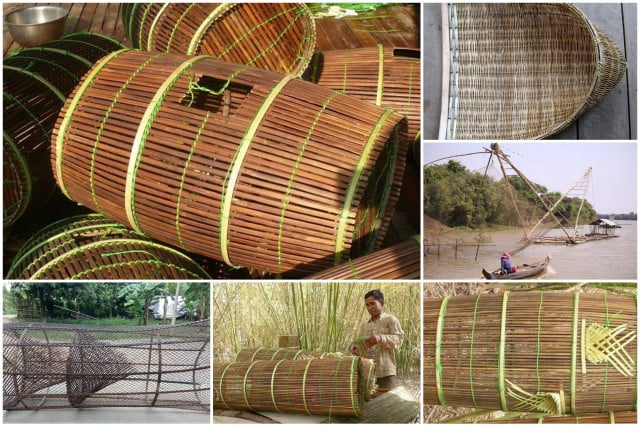
Cambodia Fishing
Cambodia’s fishery sector has evolved from traditional practices to modern sustainability efforts, deeply rooted in the Tonlé Sap Lake (1,483,339.00 ha), one of the world’s most productive freshwater ecosystems. Historically, communities relied on seasonal flooding and traditional methods like bamboo traps. During the French colonial period, modernization began, but traditional practices persisted. Post-independence, political instability and the Khmer Rouge regime disrupted the sector, but recovery began in the 1990s with community-based fisheries management (CBFM) and government policies.
Today, Cambodia’s fishery faces challenges like climate change, overfishing, and habitat loss, but innovations in sustainable aquaculture, conservation, and technology are driving progress. Fisheries contribute significantly to the economy, supporting over 2 million livelihoods and providing 52 kg of fish per person annually, making fish a primary protein source. The future focuses on balancing growth with sustainability, ensuring the sector’s resilience.
